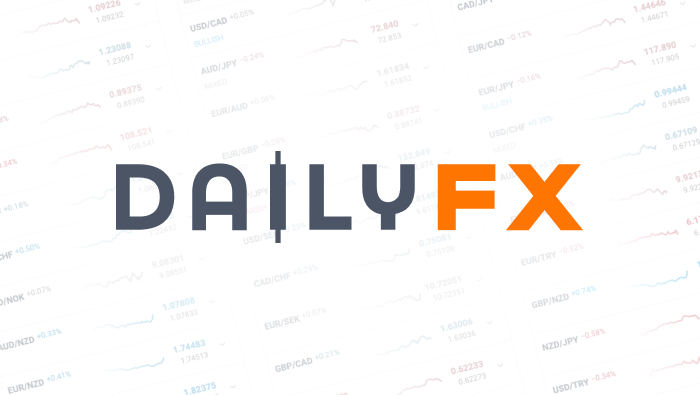Talking Points
- Australian Dollar little changed against its major peers
- RBA’s Glenn Stevens makes final speech as Governor
- Stevens said that they have achieved the inflation target
Having trouble trading the Australian Dollar? This may be why.
The Australian Dollar showed a reserved reaction against its major counterparts after Reserve Bank of Australia’s Governor Glenn Steven made a speech in Sydney. The presentation is his final address before being replaced by Deputy Governor Philip Lowe after nearly 10 years of service.
In the speech, Stevens highlighted the RBA’s accomplishment of achieving the 2 – 3 percent inflation target with an average unemployment rate between 5 to 6 percent. Commenting on economic growth, he said slower expansion is here and has been for a while. The Governor added that very low nominal GDP growth looms large because of the terms of trade decline.
Of particular note, the outgoing RBA chief mentioned the need for “realism” in regards to the effectiveness of monetary policy by itself. He added that more than adjustments to interest rates will be required to sustain stronger growth in the long run. He also noted that difficult choices are needed for budgetary adjustments.
Additional comments from RBA Governor Glenn Stevens:
- When the terms of trade stabilize, weaker potential real growth per head of population will still be a problem.
- If it were the case that undershooting the target for a period while achieving reasonable growth was the ‘least bad’ option available, the inflation targeting framework has the requisite degree of flexibility to allow such a course.
- I suspect we may have had a fair bit more trouble containing inflation. But events being as they were, inflation came down pretty quickly and we have achieved something pretty close to 2½ per cent on average.
- Business has not responded to low rates with investment.
- Likelihood of adopting negative rates in Australia is low.
- Non-mining investment is weaker than I had hoped.
- Inflation is going to be pretty low for a while.
Stevens did not appear give any surprising updates to monetary policy in regards to August’s interest rate decision. However, the DailyFX Speculative Sentiment Index (SSI) is suggesting that retail AUD/USD short positions outnumber longs by the most in over 3 months. The SSI is a contrarian indicator at extreme levels, implying further AUD/USDstrength ahead.
Want to learn more about the DailyFX SSI indicator? Click here to watch a tutorial.






